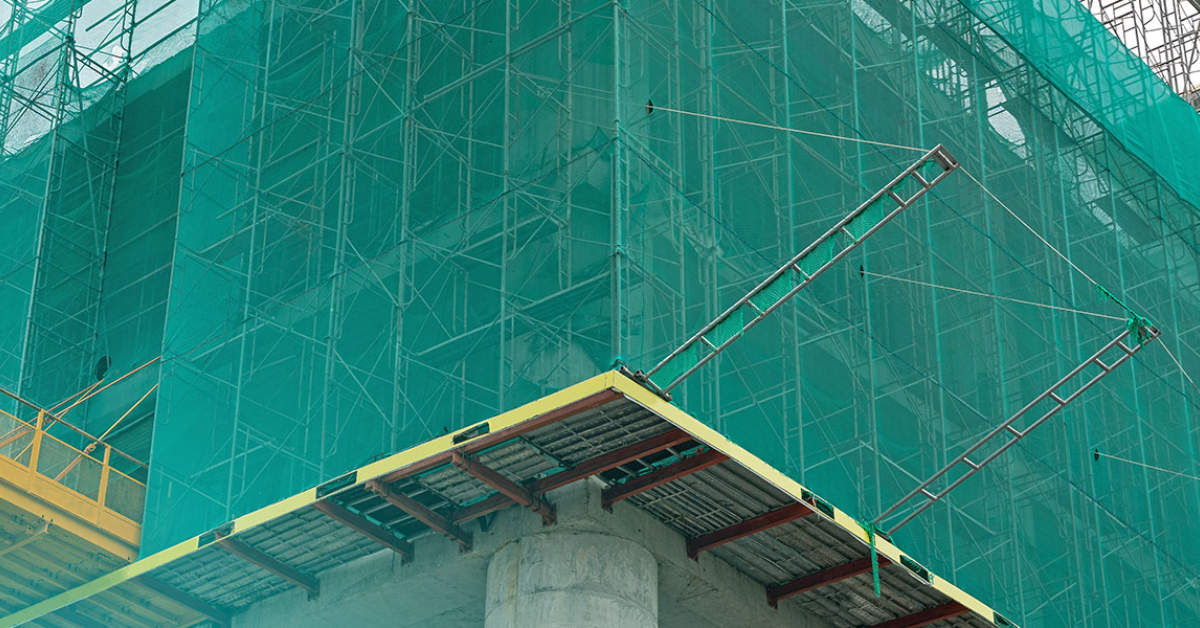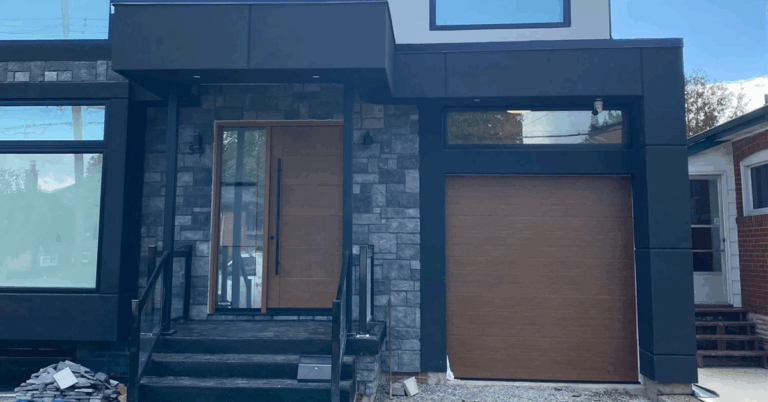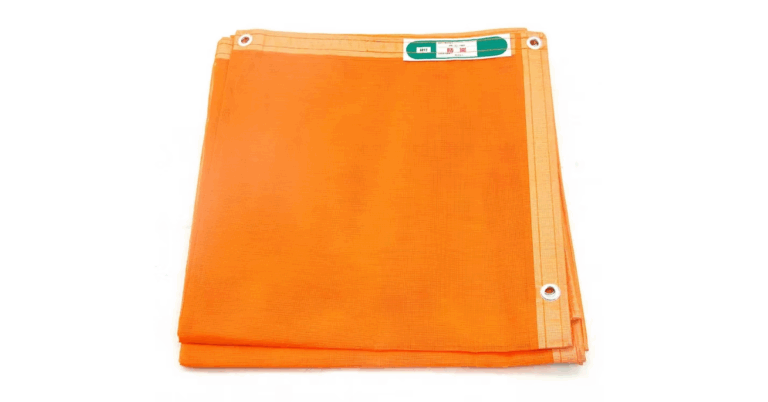Construction Safety Netting: Essential Protection for Modern Building Sites
In the fast-paced world of construction, safety remains the top priority. Every year, numerous accidents occur on construction sites, many of which could be prevented with the right safety measures in place. One critical safety measure that has gained widespread adoption is Construction Safety Netting. This simple yet highly effective solution protects workers, pedestrians, and property from falling debris and accidental falls.
In this comprehensive guide, we explore what construction safety netting is, its benefits, types, applications, and key considerations when selecting the right netting for your project.
What is Construction Safety Netting?
Construction safety netting is a protective barrier made from high-strength synthetic materials such as polyethylene, polypropylene, or nylon. It is designed to catch falling objects or personnel and prevent injuries and fatalities on construction sites. The netting is typically installed around the perimeter of buildings under construction or renovation, scaffolding, or any elevated work areas.
Its primary purpose is to serve as a safety catch for debris, tools, and workers, significantly reducing the risk of accidents and damage caused by falling objects.
Why is Construction Safety Netting Important?
Construction sites are inherently risky environments with many potential hazards, including:
-
Falling tools and materials
-
Unsecured debris
-
Worker slips and falls from heights
-
Impact injuries to pedestrians or vehicles below the site
Construction safety netting plays a crucial role in mitigating these hazards by providing a reliable containment system. It protects workers and bystanders, helps comply with local safety regulations, and minimizes costly downtime due to accidents.
Key Benefits of Construction Safety Netting
-
Enhanced Safety: The primary advantage is injury prevention by catching falling debris and workers, reducing fatalities and severe injuries.
-
Compliance: Helps construction firms meet occupational health and safety standards, avoiding legal penalties.
-
Cost Savings: Prevents damage to property and equipment below the construction zone and reduces liability claims.
-
Durability: Made from weather-resistant materials that withstand harsh outdoor conditions, ensuring long-lasting protection.
-
Versatility: Can be used in various construction settings, from small renovations to large-scale commercial projects.
Types of Construction Safety Netting
Construction safety netting comes in different types depending on its purpose, material, and installation method. Understanding the available options helps you select the most appropriate solution for your specific project.
1. Debris Netting
This type of netting is designed primarily to catch small debris and construction materials that may fall from scaffolds or elevated platforms. It is usually made from tightly woven polyethylene mesh, which stops dust and debris but still allows airflow to prevent wind pressure buildup.
2. Safety Netting for Fall Protection
These nets are designed to arrest the fall of workers and prevent serious injury or death. Safety nets for fall protection are made from high-tensile synthetic fibers and have stringent load-bearing requirements. They are installed beneath work platforms or scaffolding where there is a risk of falls.
3. Bird Netting
Bird netting is sometimes installed on construction sites to prevent birds from nesting or causing obstructions, but this is more of a secondary application compared to debris and safety nets.
4. Scaffold Netting
Scaffold netting is installed around scaffolding to protect workers and pedestrians from falling objects. It typically overlaps with debris netting but focuses on surrounding the scaffold framework for added safety.
Materials Used in Construction Safety Netting
The performance and durability of construction safety netting largely depend on the materials used. Here are the most common materials:
-
Polyethylene (PE): Known for its high strength, UV resistance, and lightweight nature. It is ideal for debris netting.
-
Polypropylene (PP): Offers excellent chemical resistance and tensile strength, commonly used for both debris and safety nets.
-
Nylon: Offers superior elasticity and strength, suitable for safety nets where worker fall arrest is needed.
-
HDPE (High-Density Polyethylene): Often used in scaffold netting due to its robustness and ability to withstand harsh weather conditions.
Applications of Construction Safety Netting
Construction safety netting is a versatile solution used in many aspects of the building industry:
1. High-Rise Construction
For skyscrapers and multi-storey buildings, safety netting is critical to catch falling tools and debris, protecting workers below and passersby.
2. Renovation Projects
When refurbishing old buildings, netting helps contain dust and loose materials, minimizing environmental impact and maintaining site cleanliness.
3. Bridge and Infrastructure Works
Netting ensures safety when working on elevated bridge decks or other infrastructure by preventing falls and catching dropped tools.
4. Demolition Sites
Safety netting is used to contain debris and dust, enhancing worker safety and environmental control during demolition.
Key Factors to Consider When Choosing Construction Safety Netting
To maximize protection, it is vital to select the right netting for your site conditions. Consider the following factors:
Load Capacity and Strength
Evaluate the expected weight and types of debris or potential falls. Ensure the netting can support loads well above this threshold for safety margins.
Mesh Size
The mesh size determines the size of debris that can be caught. Smaller mesh sizes catch finer debris and dust but may reduce airflow.
UV and Weather Resistance
Exposure to sun, rain, and wind can degrade netting materials. Opt for UV-stabilized netting that withstands environmental wear and tear.
Installation Requirements
Consider how easy the netting is to install and whether it requires specialized equipment or expertise.
Compliance with Safety Standards
Always choose netting that meets local safety regulations and industry standards such as OSHA or equivalent authorities.
Installation Best Practices for Construction Safety Netting
Proper installation is key to the effectiveness of construction safety netting:
-
Inspect netting for damages before installation.
-
Secure netting firmly to scaffolding or building frames using strong fasteners.
-
Maintain tension in the netting to prevent sagging.
-
Regularly inspect and repair any tears or wear.
-
Ensure the netting covers all vulnerable areas without gaps.
Maintenance and Inspection
Routine inspections and maintenance are necessary to ensure the netting remains functional throughout the construction project duration. Damaged or worn-out netting should be replaced immediately to avoid compromising safety.
Construction Safety Netting and Legal Compliance
Many countries mandate the use of safety netting in construction sites to comply with workplace safety laws. Non-compliance can lead to fines, legal actions, and reputational damage. Using quality safety netting shows your commitment to workplace safety and can also reduce insurance premiums.
Frequently Asked Questions (FAQ)
What is the primary purpose of construction safety netting?
The main purpose is to protect workers and the public from falling debris and prevent serious injuries or fatalities from falls during construction activities.
Can construction safety netting be reused?
Yes, depending on the material and condition, many types of construction netting can be reused if properly maintained and inspected before reuse.
How often should construction safety netting be inspected?
Safety netting should be inspected regularly—ideally weekly—and after severe weather events to ensure no damage or degradation.
What standards should construction safety netting comply with?
Safety netting should comply with local occupational health and safety regulations, such as OSHA in the US or equivalent standards in other countries, which specify load capacity and installation requirements.
Is construction safety netting effective against dust?
Certain types of debris netting with smaller mesh sizes can reduce dust dispersion, making them effective for controlling dust at construction sites.
How is construction safety netting installed?
Netting is installed by securing it to scaffolding, building edges, or other structures using ropes, hooks, or specialized fasteners, ensuring it is taut and covers all risk areas.
Conclusion
Construction safety netting is an indispensable component of modern construction site safety management. Its ability to prevent accidents involving falling debris and workers has saved countless lives and reduced injuries worldwide. By choosing the right type of netting, ensuring proper installation, and maintaining compliance with safety standards, construction companies can protect their workforce, safeguard the public, and ensure smooth project execution.
Whether you are involved in a large commercial project or a small renovation, investing in quality construction safety netting is a wise and responsible decision that promotes a culture of safety and professionalism on site.







